Vango F10 MTN 2 Handleiding
Bekijk gratis de handleiding van Vango F10 MTN 2 (1 pagina’s), behorend tot de categorie Tent. Deze gids werd als nuttig beoordeeld door 26 mensen en kreeg gemiddeld 5.0 sterren uit 13.5 reviews. Heb je een vraag over Vango F10 MTN 2 of wil je andere gebruikers van dit product iets vragen? Stel een vraag
Pagina 1/1

TENT PITCHING INSTRUCTIONS F10 MTN 2 –
INNER FIRST PITCHING:
• Open out Inner tent, and position in desired location
• Assemble green pole structure with Axial Hub using the corrisponding green webbing and eyelets
• Insert the poles' end tips into the eyelets on the rear corners of the inner/footprint
• Push other ends of poles into an arch, and insert tips into corresponding eyelets on corners of inner forming main dome of pole structure
• Insert cross over poles end tips into the corresponding eyelets on the sides of the inner tent
• Push the other ends of the silver cross over poles into an arch, under the green main poles and insert pole tips into their eyelets
• Suspend the inner tent from the pole structure using the clips. Start with the gated clips at the pole cross overs
THEN FLYSHEET:
• Open out flysheet and positon over the pole structure
• Attach the flysheet to the pole structure using Velcro tabs on the inside of the flysheet to hold the silver and green cross over poles together
• Clip the corners of the flysheet into the corresponding clips at pole ends
• Place your tent in its final position and peg out all pegging points
• Tension the flysheet once pegged out. Finish by pegging out the porch(s)
• Peg out ALL guy lines using pin-pegs ensuring that guy line fabric attachment points are evenly tensioned
FLYSHEET FIRST PITCHING:
• Open out footprint and position in desired location
• Assemble green pole structure with Axial Hub using the corrisponding green webbing and eyelets
• Insert the poles' end tips into the eyelets on the rear corners of the footprint
• Keeping tension on footprint, push other ends of poles up into an arch, and insert their tips into corresponding eyelets on corners of footprint
• Insert the cross poles end tips into corresponding eyelets at sides of the footprint
• Push the other ends of the silver cross over poles into an arch, under the green main poles and insert pole tips into their eyelets
• The Silver poles can stay in position if held by the green poles.
• Drap the flysheet over the pole structure, using the Velcro attachment points to hold the silver and green cross over poles together.
• Clip the flysheet to the footprint using the side release clips
• Place your tent in its final position and peg out all pegging points
• Tension the flysheet once pegged out. Finish by pegging out the porchs
• It is then possible to attach inner tent to the pole structure using clips, an by putting pole end tips through both footprint eyelets and inner tent eyelets d
………………………………………………………………………………………………………………………………………………………………………………………….....
FIRE AND VENTILATION PRECAUTIONS
• If using gas or other combustion appliances additional ventilation is required
• Do not place hot appliances near the walls, roof or curtains eep all flame and heat resources away from tent fabric , k
• The fabric may burn if left in continuous contact with any flame source
• Always observe the safety instructions for these appliances
• Keep exits clear
• Make sure ventilation openings are open all the time to avoid suffocation
• The application of any foreign substance to the tent fabric may render flame-retardant properties ineffective.
BEFORE YOU PITCH YOUR TENT
• Check that all the components are correct and undamaged.
• Pitch your tent at home. This will help you become familiar with the components and pitching procedures, making it easier to pitch next time, particularly if you
have to pitch your tent in the dark or in bad weather.
• When inserting poles into sleeves, take care not to force poles through. Avoid pushing long poles through sleeves. Instead, feed material onto poles, gathering
short lengths and pulling material on to poles gradually.
• When pitching, push poles into shape with all tension bands and flysheet adjuster straps loosened.
• Never over tighten tension bands, guylines or tent material. This causes strain and damage to seams, doorways, pegging points and zips. Material could also
tear in strong winds.
• Nylon tent material will slacken when wet. Resist the temptation to re-tighten if there is a possibility of material drying out soon afterwards i.e. in showers / hot
weather etc. as material will re-tighten naturally when drying out.
• Always peg at an angle (ideally 45º) to the ground to obtain maximum grip in the ground. Peg in line with tent seams. Do not over tension pegging points on
flysheet material.
LOOKING AFTER YOUR TENT
• Select a suitable area with good drainage and remove objects likely to puncture the groundsheet. Avoid areas which could flood. Face doorways away from
wind. Avoid trees which continue to drip long after rain and also drop broken branches in the wind.
• Prolonged exposure to strong sunlight weakens the material which fades and becomes brittle. With careful use, tent material should last for many years. Avoid
long term pitching in strong sunlight.
• Never force zips. Always pitch your tent with the zips closed.
• Tent material and fire don’t mix. Keep naked flames away from tent material. Never light pressure stoves inside the tent.
• All tents are prone to condensation when air on the inside is warmer than outside. Increase ventilation by leaving doors partially open and opening vents on
flysheet. This reduces the level of condensation inside the tent.
• Before taking your tent down release all adjustment straps on poles and pegging points. This makes it easier to pitch and tension next time.
• Subject to wind conditions, un-peg and tie up all guylines.
• Carefully remove poles from sleeves. Avoid pulling poles out of sleeves; otherwise shock corded poles will separate inside sleeves. Gradually push the poles
through the sleeves, while pulling material off the poles in short lengths.
• Lay out flysheet and inner then fold to the width of the tent bag. Roll up, with poles and pegs inside, releasing trapped air by unzipping doorways first and
folding towards doorways.
• Whenever possible pack tent when dry. If the tent is packed wet, dry thoroughly at first opportunity before storing.
• Pack inner and outer separately if outer has become wet, particularly from condensation on the inside of the flysheet.
• Before storage, remove dirt and stains by washing with a mild soap solution. Never use detergent. Rinse and dry thoroughly.
.
Product specificaties
| Merk: | Vango |
| Categorie: | Tent |
| Model: | F10 MTN 2 |
Heb je hulp nodig?
Als je hulp nodig hebt met Vango F10 MTN 2 stel dan hieronder een vraag en andere gebruikers zullen je antwoorden
Handleiding Tent Vango
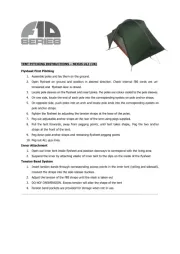
14 Juli 2025
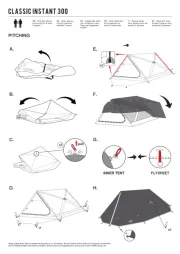
16 April 2025
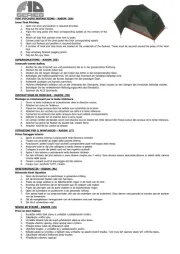
13 April 2025
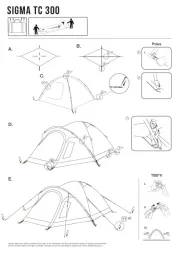
12 April 2025
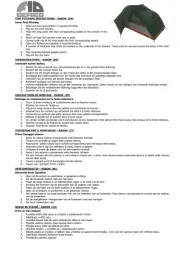
12 April 2025
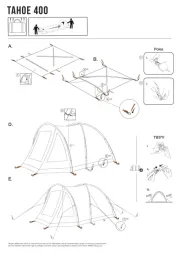
12 April 2025

29 Maart 2025

17 November 2024

17 November 2024

17 November 2024
Handleiding Tent
- Edges
- Dwt-Zelte
- Hilleberg
- Walker
- Isabella
- Step2
- Vaude
- Aart Kok
- LECO
- Mountain Hardwear
- Eureka
- Brunner
- Robens
- Wynnster
- Yamazen
Nieuwste handleidingen voor Tent
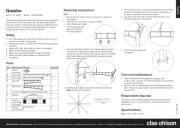
15 Juli 2025
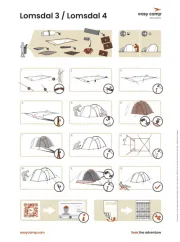
14 Juli 2025
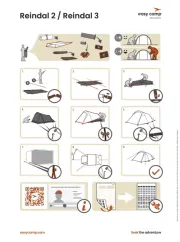
14 Juli 2025
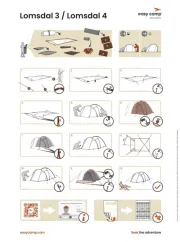
14 Juli 2025

6 Juli 2025
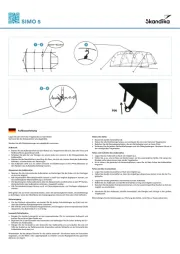
5 Juli 2025
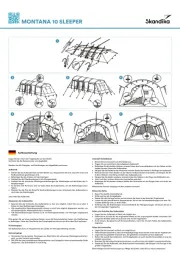
2 Juli 2025
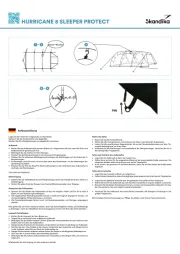
2 Juli 2025
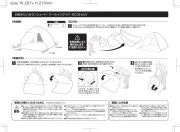
1 Juli 2025
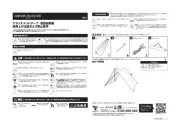
1 Juli 2025